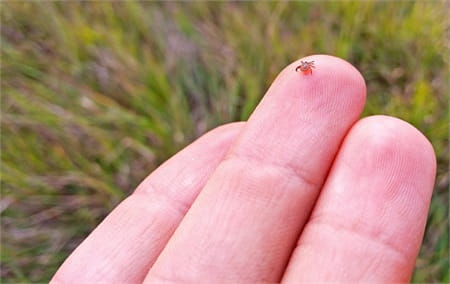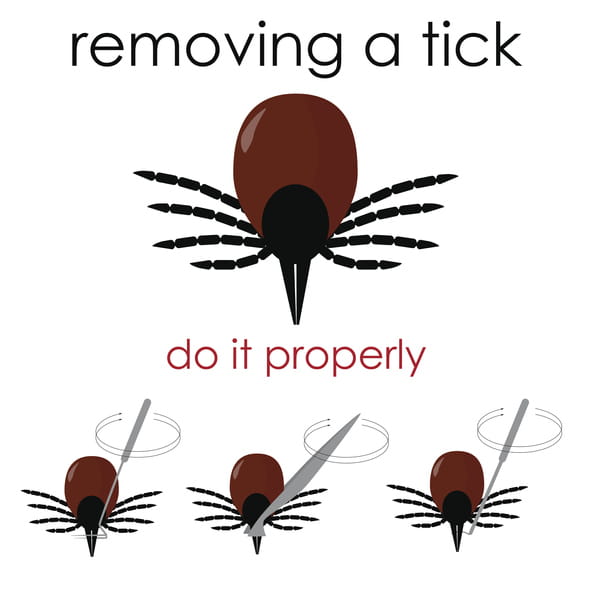233 College Ave.
Suite 201
Lancaster, PA 17603
- Phone: 717-291-6752
- Fax: 717-291-6751
The medical professionals and staff of Infectious Disease Consultants of Lancaster have dedicated their time to the practice of treating infectious diseases.
Our front office staff is well trained and concerned about every patient receiving the best care possible. They are willing to help you with your registration, scheduling and insurance needs. Every effort will be made to answer all your questions in a timely manner.
Our Hours
- Monday through Friday – 8 a.m. to 4:30 p.m.
- Holidays – Closed on most major holidays, including Martin Luther King Jr. Day.
Our Services
The specialists at Infectious Disease Consultants of Lancaster diagnose and care for a wide range of conditions caused by bacteria, viruses and other organisms. A multidisciplinary team of doctors, nurses, pharmacists and other clinicians provide comprehensive treatment through antibiotics and other medications, as well as preventive vaccinations and immunizations. We provide a range of services, including:
- Expert diagnostic services for bacterial and viral pathogens.
- Comprehensive care for hospitalized patients with infectious diseases.
- Pre- and post-travel health consultations and immunizations.
- Care and oversight of transplant patients.
Our physicians are well equipped to manage care for a range of infectious conditions, including:
- Cytomegalovirus disease
- Fungal infections
- Human immunodeficiency virus (HIV)
- Infections of the skin and soft tissue
- Influenza
- Lyme disease
- Osteomyelitis
- Sexually transmitted diseases
- Transplant-related infections
- Travel-related infections
- Tuberculosis
- Viral hepatitis
Our Providers
- Helen F. Makinde-Ajayi, MD
- Debra Ann Gorton, PA-C
- Martha Joanna Sipe, CRNP
New Patient Info
Our goal is to provide you and your loved ones with quality care and service. That's why our friendly staff works to minimize paperwork and increase conveniences.
What to Bring With You
You will need to bring the following items:
- Your insurance card
- A photo ID
- Previous medical records, if any.
- List of all your medications, including the dose and the times you take them. Alternatively, you may want to just bring them with you.
- A list of all your concerns so that you may discuss them with the scheduled physician.
Your Registration Process
Please plan to arrive at least 15 minutes early to complete your registration. You will be asked to sign our HIPAA form, as required by law, so that you are aware of our privacy policies.
Your Payment
Please be prepared to pay your deductibles, co-pays, co-insurance and any other amounts due at the time of your visit. Please remember that your appointment time is valuable. If you are unable to make your appointment please let us know at least 24 hours ahead of time so that we may schedule someone else that needs care.
Accepted Insurance Plans
We participate with most major insurances. Please call our office to confirm that we participate with your insurance.
You are our reason for being here, and we want you to know just how important you are!





















